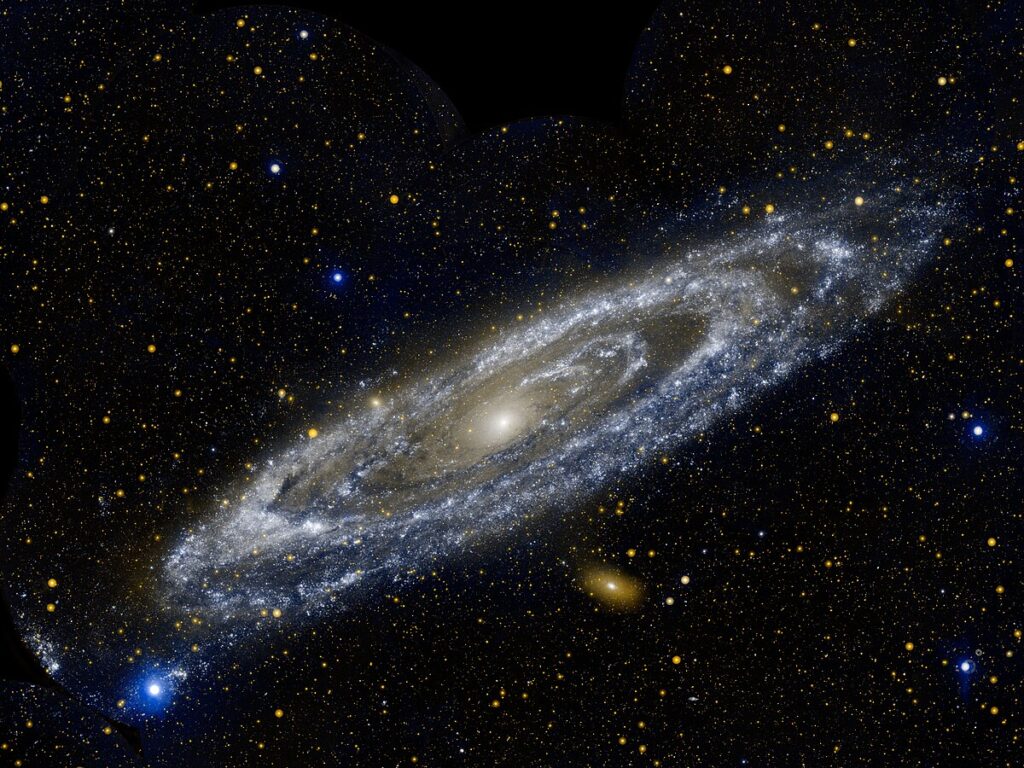Stargazing offers a glimpse into the vastness of the universe, and one of the most rewarding sights is the Andromeda Galaxy.
The Andromeda Galaxy, also known as M31, is a giant spiral galaxy that is even larger than our Milky Way. It spans about 220,000 light-years in diameter and contains an estimated one trillion stars. Despite its immense distance from Earth, Andromeda is visible to the naked eye under dark skies, appearing as a faint, misty patch in the night sky. For amateur astronomers and stargazers, locating Andromeda is both a challenge and a thrill.

The best time to view it is during the autumn months when it is positioned high in the sky throughout the night. During this period, the galaxy is best seen after sunset when the skies are fully dark. Light pollution is the biggest enemy of stargazing, so it’s essential to find a location far from city lights with a clear, unobstructed view of the sky.
Locating Andromeda in the sky can be done using the constellation Cassiopeia as a guide. Cassiopeia’s distinctive “W” shape, formed by five bright stars, points directly towards Andromeda. From the middle of the “W,” draw an imaginary line downward, and you will find Andromeda as a faint smudge of light. While Andromeda is visible to the naked eye, binoculars or a small telescope can significantly enhance your viewing experience, revealing more detail and making the galaxy’s core more pronounced.
For those looking to photograph the Andromeda Galaxy, a camera mounted on a tripod with a long exposure setting is ideal. This allows you to capture more light, revealing the galaxy’s spiral structure. Additionally, using a telescope with a camera adapter can provide stunning close-up images of Andromeda’s core and surrounding stars.
Viewing the Andromeda Galaxy is not just about enjoying a celestial spectacle; it’s about connecting with a galaxy that is on a collision course with our own. In about 4.5 billion years, Andromeda and the Milky Way are expected to collide, merging into a new, larger galaxy. Observing Andromeda today offers a glimpse into the distant future of our cosmic neighborhood.



















